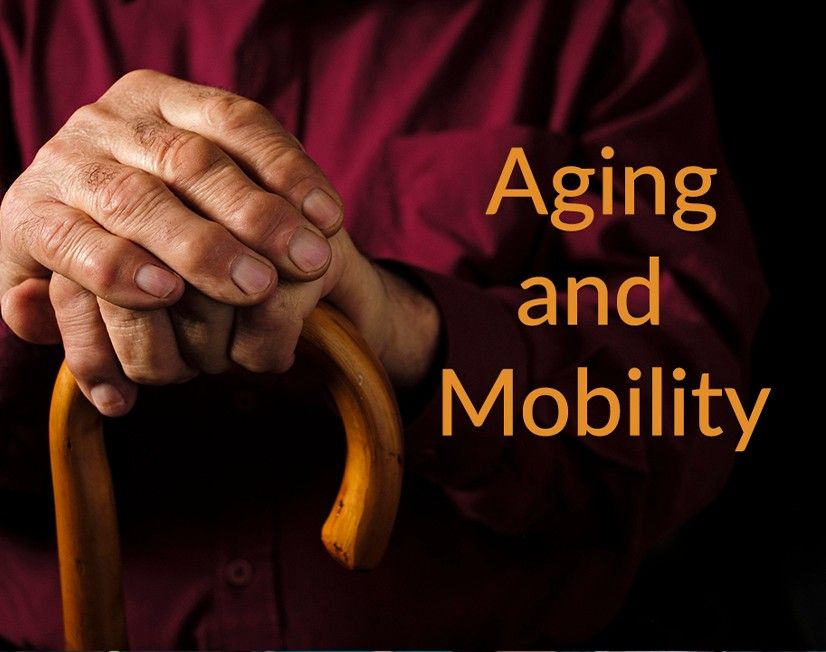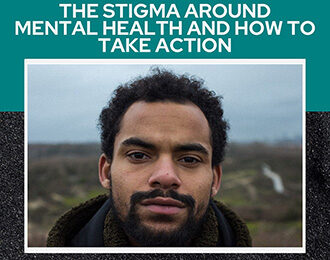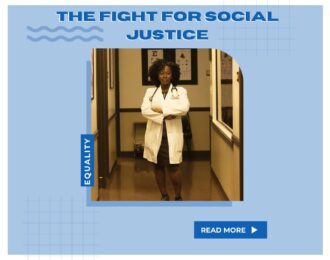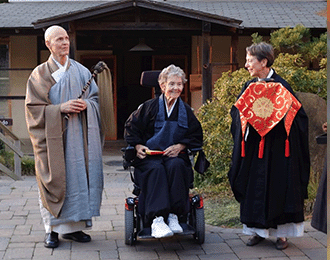Caregiver Guide: Mobility Problems

Understanding the Problem
The changes that occur with aging can lead to problems with mobility, or a person’s ability to move around. Mobility problems may be unsteadiness while walking, difficulty getting in and out of a chair, or falls. There are common conditions in older people that can contribute to mobility problems, such as muscle weakness, joint problems, pain, disease, and neurological (brain and nervous system) difficulties. Sometimes several mild problems occur at one time and combine to seriously affect mobility.
The number one mobility problem that older people experience is falls
Falls result in broken bones, bruises, and fear of falling. Older bones break more easily than younger bones and they heal less quickly and not as completely. If a hip is fractured, canes, walkers, or wheelchairs might be needed permanently. Falls are a major cause of injury and death, so prevention is important.
When an older person falls, but does not suffer serious injury, he or she might still have difficulty getting up from the fall.
- If the person is in serious pain, or has clearly suffered an injury, wait for help to arrive.
- If he or she has not been seriously injured but is having difficulty moving and getting up, he or she may be able to crawl to a solid chair and use it as a support in getting up.
- If the person is lying on his or her back, instruct them to first roll onto one side and then they can try to move from a side-lying position to a crawling position on all fours.
- If the person needs your help to get up, lift him or her with your arms by bending your legs—do not use your back muscles to lift the person. (Bend at your knees and push up with your legs.) Once the person is in an all-fours position, instruct him or her to crawl towards the seat of the chair and lift the trunk of his or her body up with hands on the chair; he or she should then bring one foot up into half-kneeling position and from there either sit into the chair or stand up. If the person can’t do this, you will need to call for help.
An injury from a fall may result in limited or reduced mobility or even bed rest. Unfortunately, this can worsen existing medical illnesses and lead to new ones such as circulatory problems including blood clots in the legs, further loss of strength, pressure ulcers, or pneumonia.
Encourage physical activity
When older people have falls—even if the fall isn’t serious—they often become fearful of falling again. This can lead to inactivity that can cause additional health problems. One of the most important things you can do to help someone with mobility problems and fear of falling is to encourage physical activity. Even a little activity strengthens bones and muscles, improves steadiness when walking, and helps prevent fractures. If the older person is afraid of falling, suggest using a cane or a walker. Sometimes older people are afraid they will not be able to get up from a fall. It is important to learn how to get up from a fall before the fall occurs. In some cases, it can be helpful for the older person to practice getting up from the floor. A physical therapist can help with teaching a person how to do this. In addition to helping the older person stay active, you can help prevent falls and fractures by doing a home safety check and correcting conditions that could lead to falls.
Tell the healthcare provider
Tell the healthcare provider about mobility problems of the person you are caring for and especially mention any falls, since they can be caused by medical conditions. Drowsiness or distraction can lead to falls. Drowsiness or distraction can be cause by worry, alcohol, or medicines such as prescription, non-prescription, or herbal or other remedies. Certain medical conditions such as poor eyesight and diseases like arthritis can also affect mobility. The risk of falling can often be reduced if the medical condition is diagnosed and treated.
Your goals are to:
- Prevent falls by reducing hazards in the home
- Encourage activity/exercise to improve mobility and strength
- Report any recurrent falls or near falls to the healthcare provider for a medical evaluation
Click here for more information on how to get professional help.





